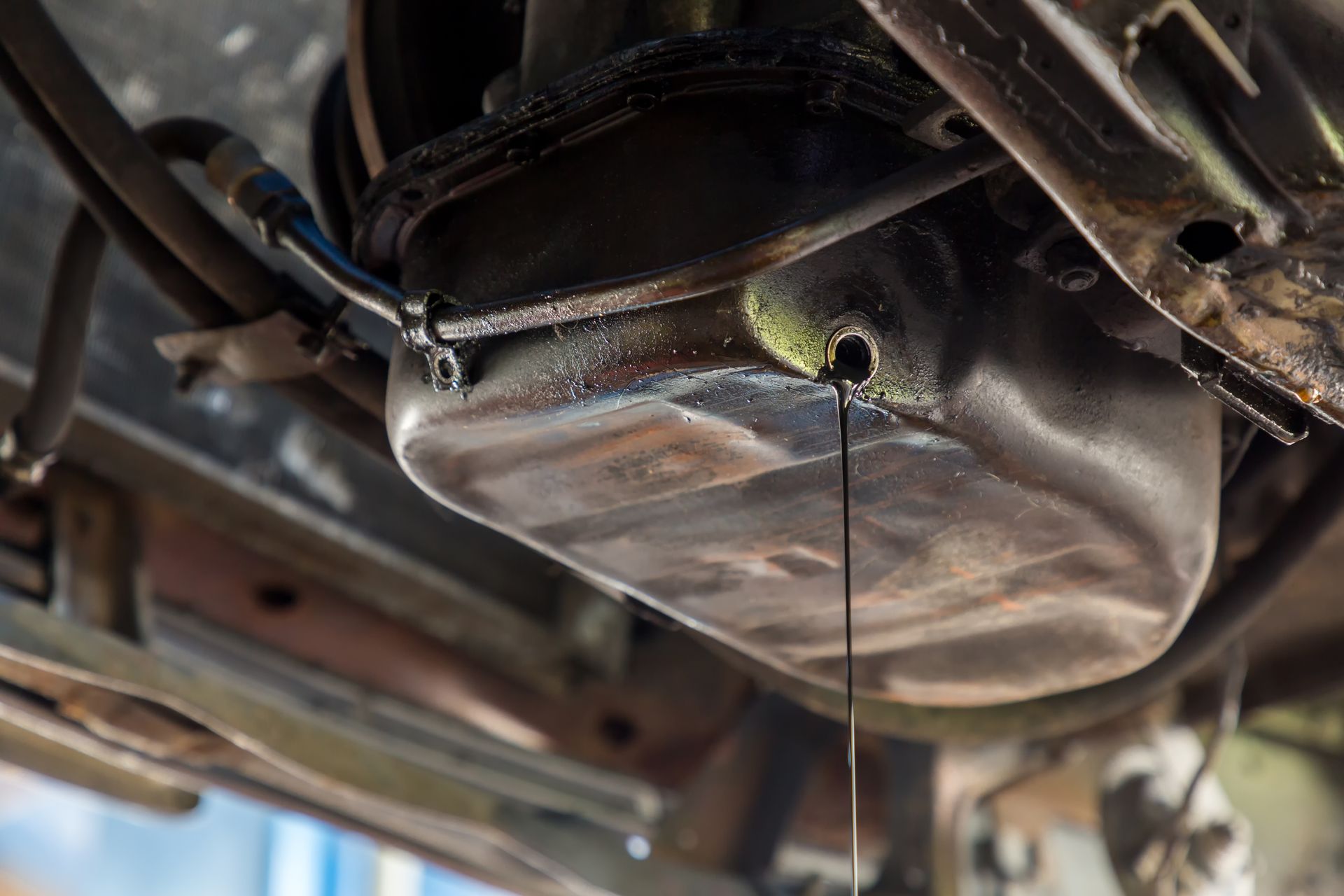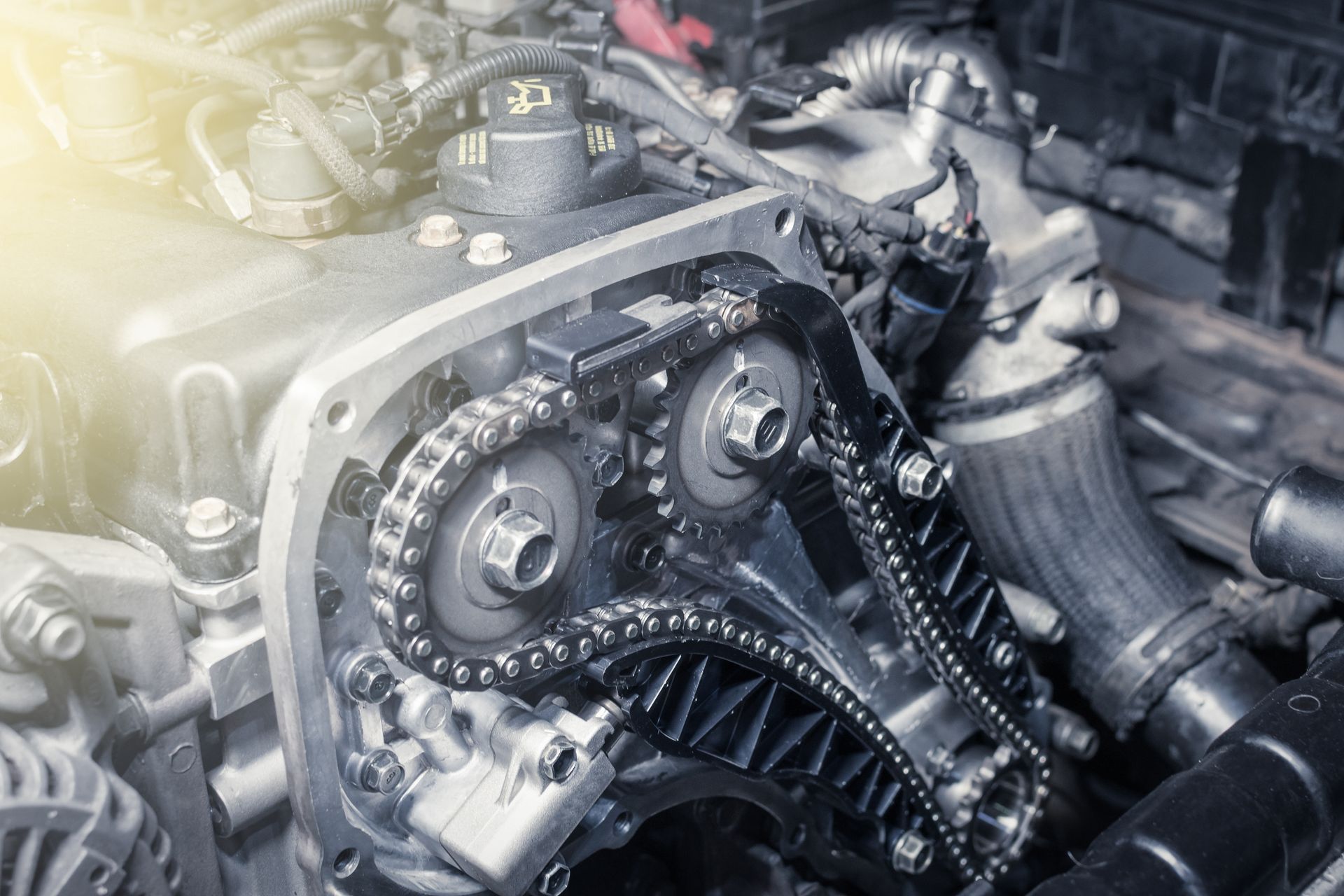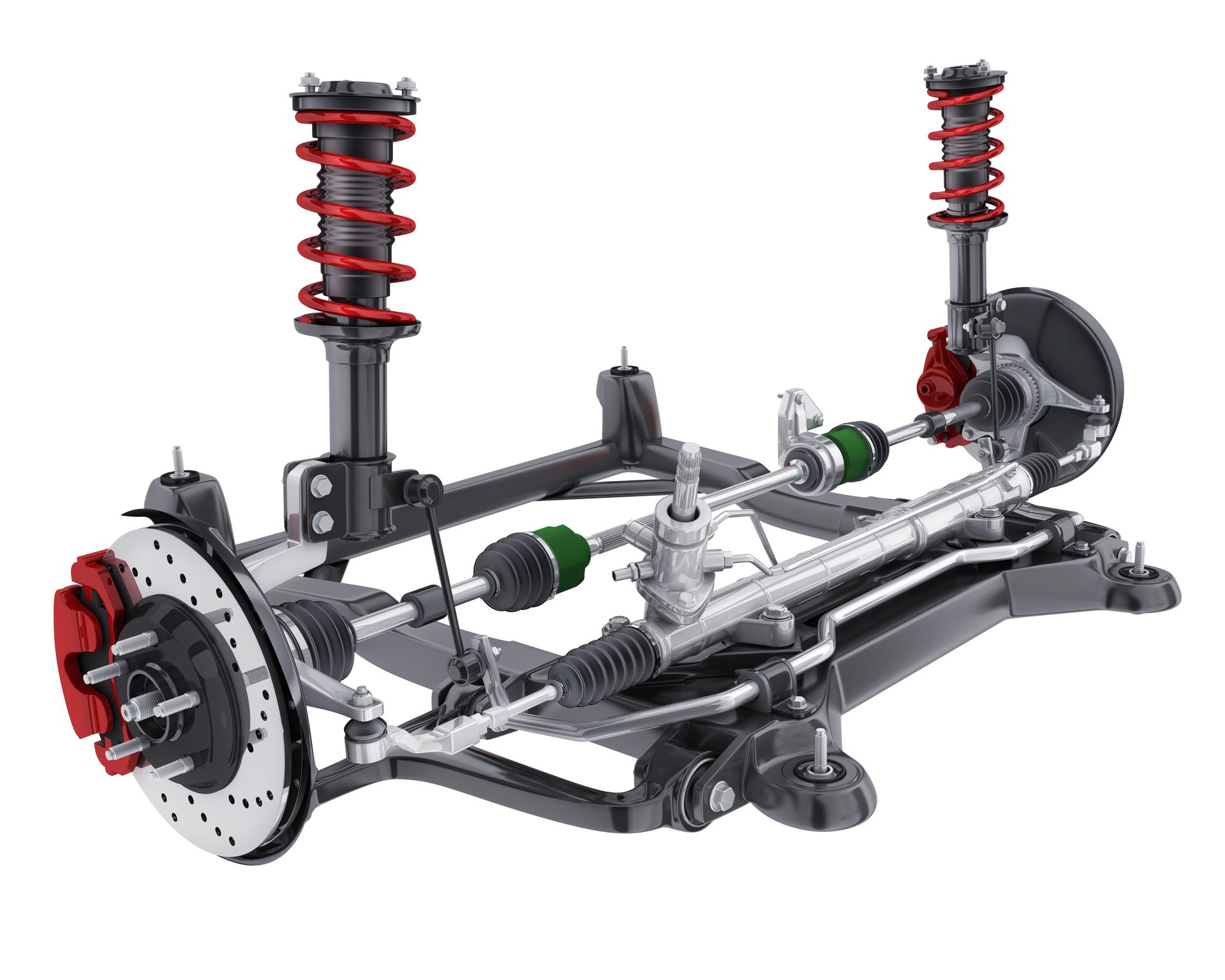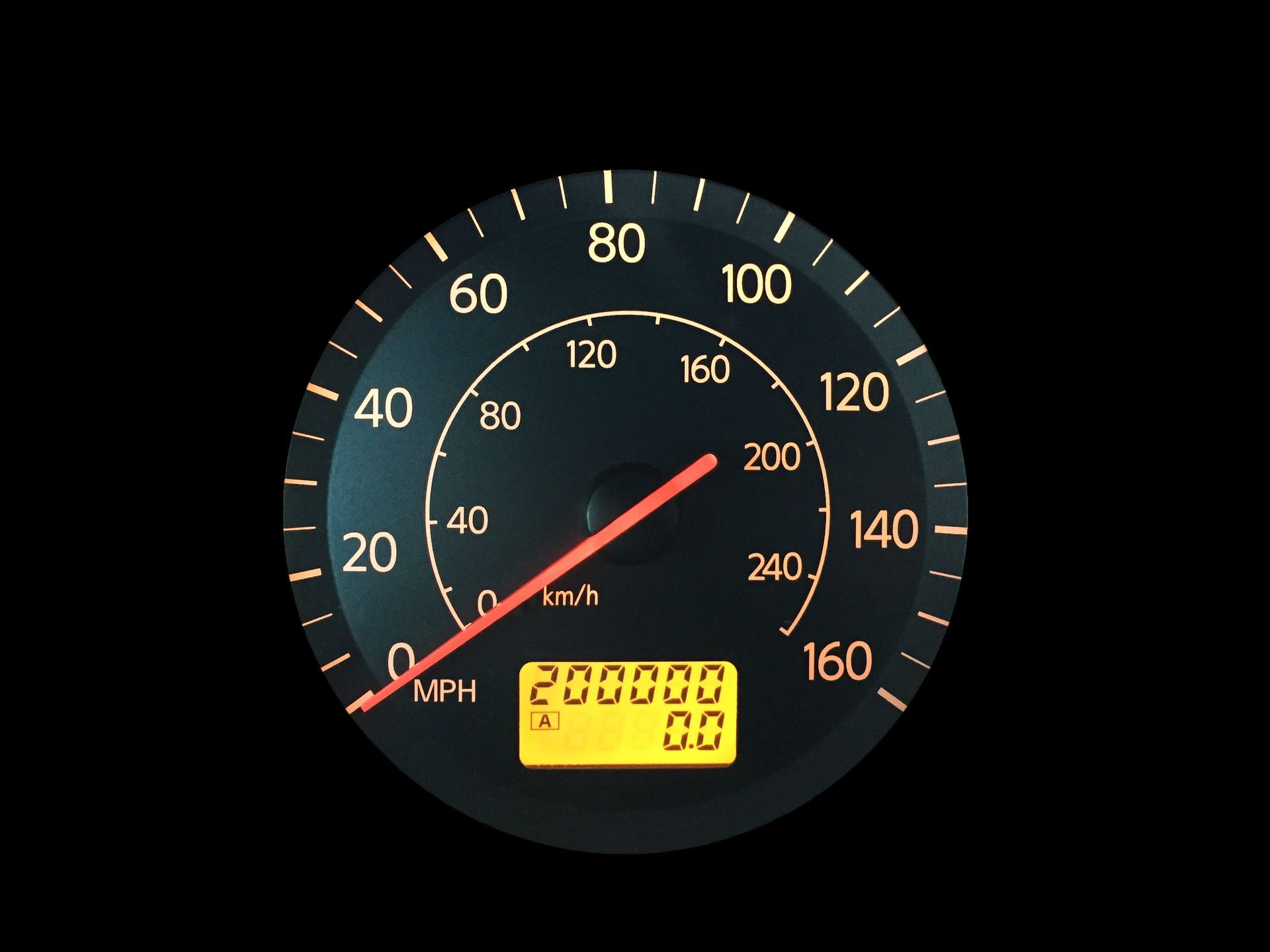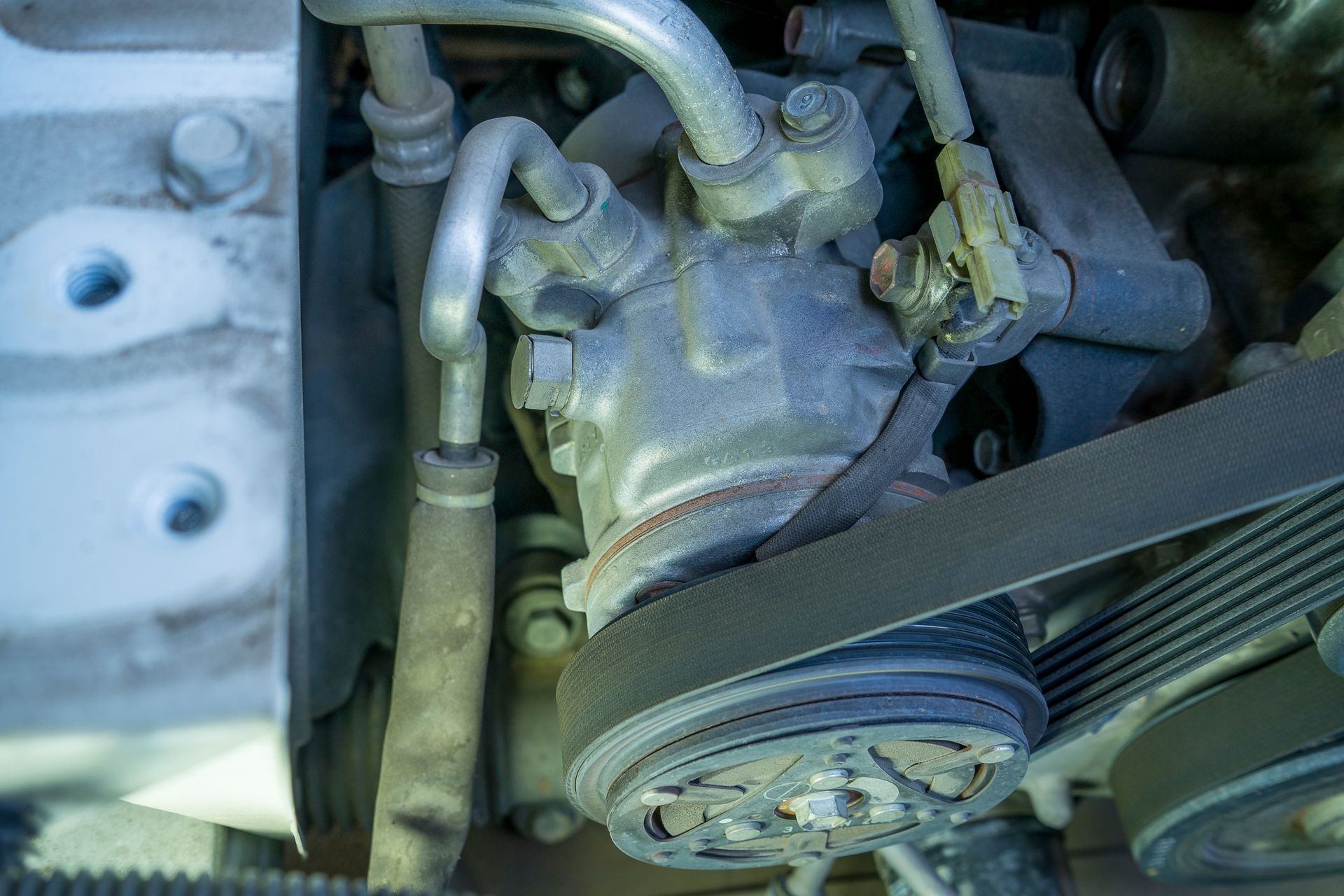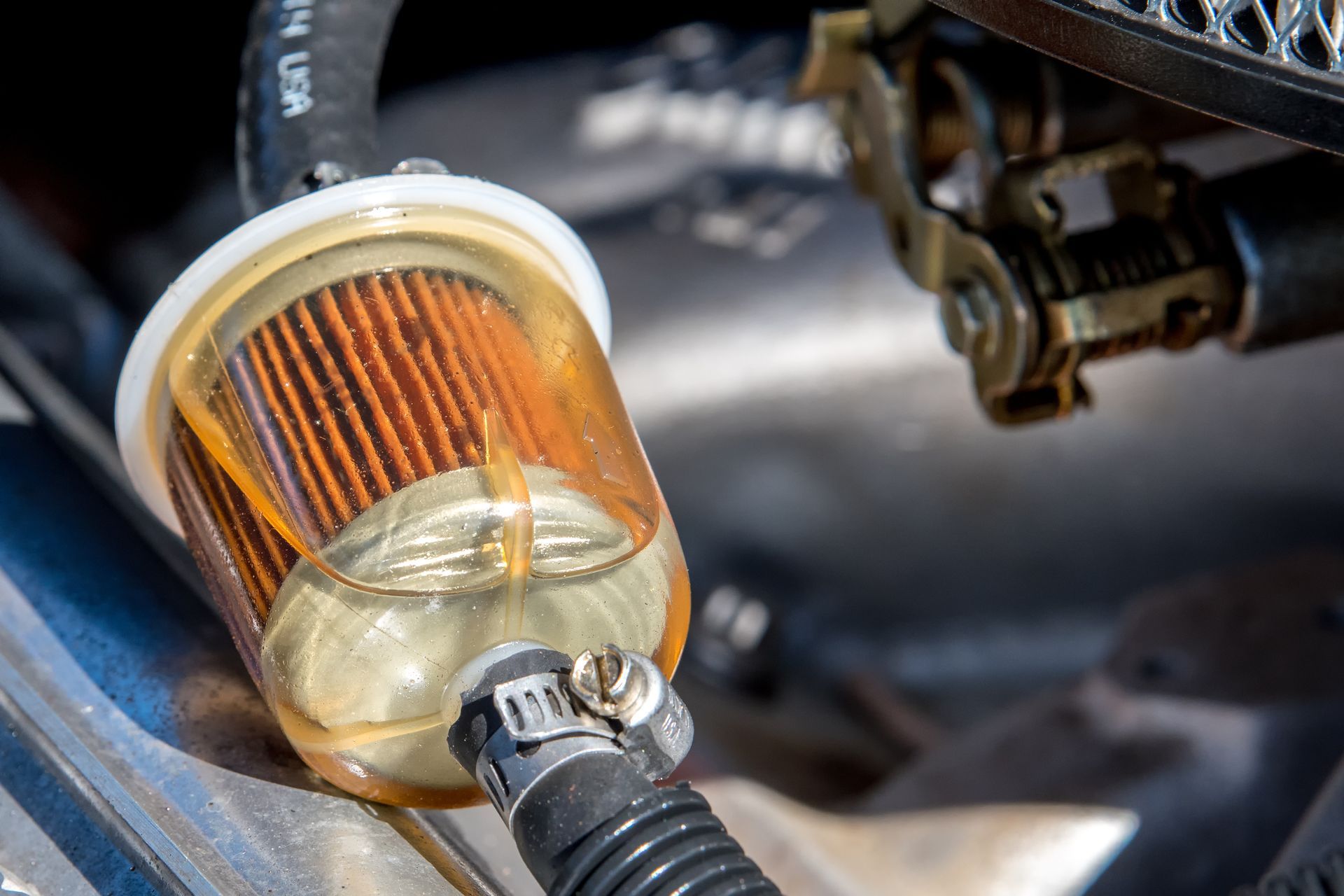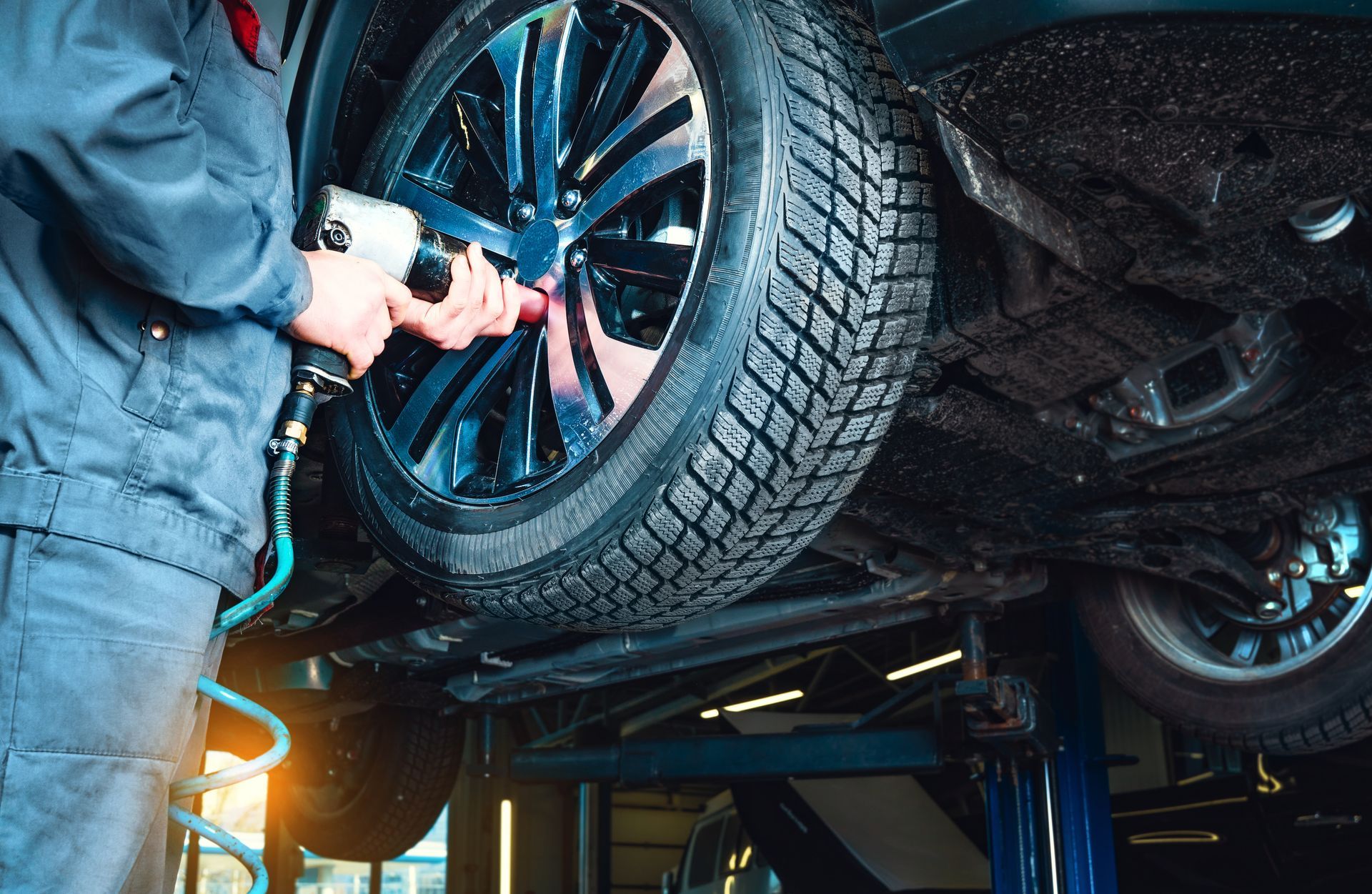Brake fluid doesn’t need attention as often as motor oil, but it’s just as important when it comes to your vehicle’s safety. It’s what allows pressure from the brake pedal to reach the wheels, helping your car stop quickly and reliably. Over time, though, brake fluid starts to absorb moisture—even in a dry climate like Albuquerque. That moisture can reduce braking performance and cause internal rust in the system.
We’ll examine how often brake fluid should be replaced and why it matters more than most drivers realize.
What Brake Fluid Does
When you step on the brake pedal, you’re not directly pushing the brake pads against the rotors. Instead, the pedal pressurizes the brake fluid in a sealed system, which then activates the braking mechanism. This happens in a split second, and it depends entirely on the condition of the fluid.
If the fluid is contaminated or degraded, it won’t transmit pressure as efficiently. That can lead to a longer stopping distance or a spongy brake pedal, neither of which you want during a sudden stop in city traffic or while driving down a New Mexico highway.
Why Brake Fluid Goes Bad Over Time
Brake fluid is hygroscopic, meaning it naturally absorbs moisture from the air, even inside a sealed brake system. As water content increases, the boiling point of the fluid drops. This becomes a problem during hard braking or driving in mountainous areas where heat builds quickly.
Moisture reduces performance and leads to corrosion. Rust can develop inside brake lines, calipers, and the master cylinder. That rust can lead to leaks or failures in components that aren’t easy or cheap to replace.
How Often Should You Replace Brake Fluid
Most vehicle manufacturers recommend replacing brake fluid every two to three years. Some high-performance or European vehicles have more specific intervals, sometimes as short as every 24,000 miles. However, it’s not just about time or mileage but also about the condition of the fluid.
If you’re not sure when your brake fluid was last changed, it’s smart to have it tested. Many shops, including Forthright Auto Repair, use test strips or fluid testers to check for moisture content and contamination. If the fluid is dark brown, cloudy, or shows high water content, it’s time for a change.
What Happens During a Brake Fluid Flush
A proper brake fluid replacement, often called a flush, involves removing the old fluid from the entire system and replacing it with fresh fluid. The technician bleeds each brake line to ensure there’s no air trapped in the system, which could compromise braking performance.
During the service, the technician also inspects other components, like the master cylinder, brake lines, and calipers, for early signs of wear or damage. This preventative approach helps you avoid sudden brake problems that can be expensive or dangerous.
Don’t Wait for Warning Signs
One of the most important things to understand about brake fluid is that there’s rarely a clear warning light just for it. Your vehicle may alert you to low fluid levels, but not necessarily degraded fluid quality. That’s why proactive maintenance matters.
If your brake pedal feels softer than usual, if your vehicle pulls to one side while braking, or if you notice a burning smell after long braking, it’s time to have your brake system inspected. Ignoring those signs can lead to reduced stopping ability and, in some cases, complete brake failure.
Forthright Auto Repair – Brake System Experts in Albuquerque, NM
At Forthright Auto Repair in Albuquerque, we take brake safety seriously. Our team inspects your brake fluid, tests its condition, and performs full fluid replacements when needed. We help drivers stay safe on the road by making sure their braking system is always ready to respond.
Whether you’re cruising around town or heading into the mountains, trust us to keep your brakes in peak condition.

